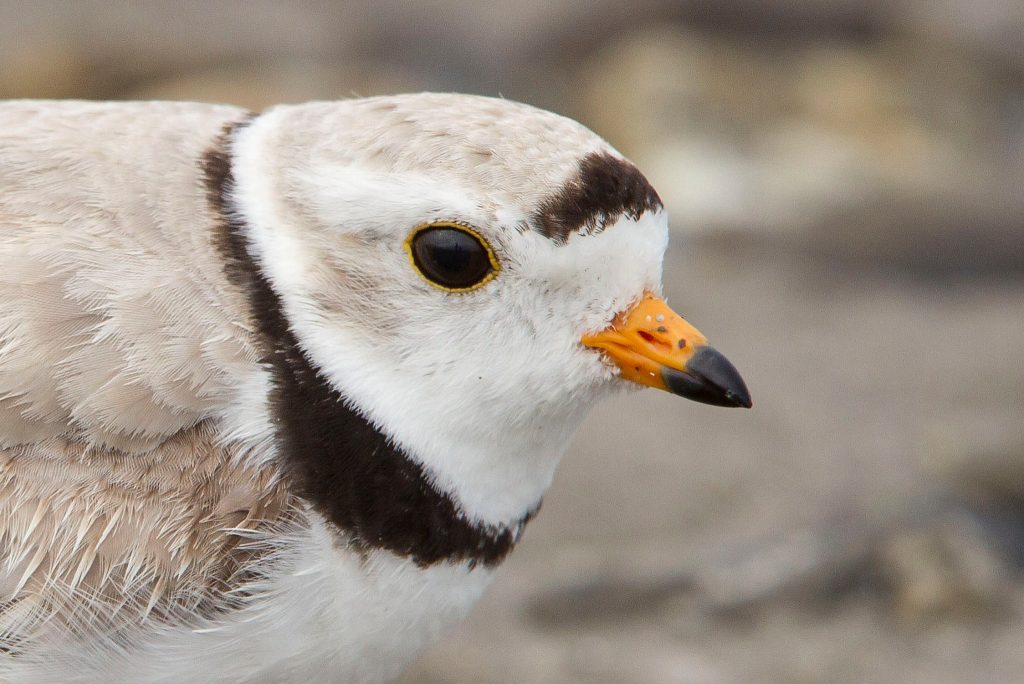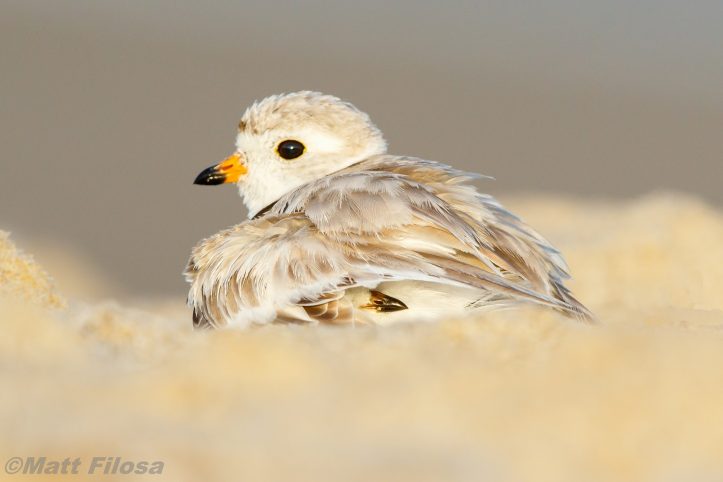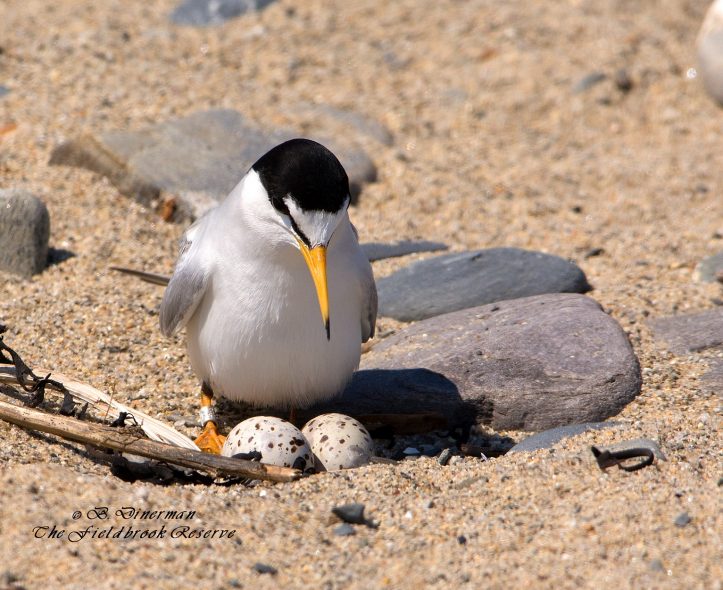
An endangered Piping Plover at one of Mass Audubon’s coastal sanctuaries. (Photo by Will Freedberg)
This year, Mass Audubon is partnering with BirdLife International to help coordinate migratory shorebird conservation across the hemisphere. By joining the Friends across the Flyway initiative, Mass Audubon can link up with conservation organizations along the Atlantic Flyway to protect species shared across borders.
Connectivity Counts
For birds whose ranges cross international borders, it’s crucial that regional conservation groups coordinate with each other. All threatened or endangered shorebirds in Massachusetts spend half the year in migration or at their wintering grounds. Every year, Piping Plovers, Red Knots, and Least Terns migrate to Mexico, the Bahamas, and even Argentina—and they depend on stopover habitats to feed and “refuel” along the way.
Removing just one link in this chain of habitats can spell the demise for an entire population. When making a conservation plan, biologists like to emphasize “habitat connectivity,” or keeping open routes between areas where a species lives. With New England’s shorebirds, this means more than preserving a physical link between protected areas—it means conserving breeding habitat in Massachusetts, wintering habitat in the Southern Hemisphere, and key stopover sites birds use while migrating in between.
How We Help In Massachusetts
Mass Audubon’s Coastal Waterbird Program approaches local shorebird conservation from all possible angles. Firstly, Mass Audubon puts boots on the ground—or rather, on the sand—to monitor shorebird populations and develop science-based conservation plans. Then, we work with local and state governments to put those plans into action. This includes setting goals for shorebird recovery, res-siting energy projects, and helping lawmakers identify beaches where shorebirds are threatened by offroad vehicles.
So far, the program has been a huge success! Piping Plover numbers have quintupled in Massachusetts since the program started in 1984. American Oystercatchers, once a rare sight in our state, now number over 200 nesting pairs.
Partnerships Save Species
We’re excited that our Coastal Waterbird Program is linking up with BirdLife and its partners! This suite of organizations can pool resources to protect habitat and produce research on these shorebirds’ global needs. To learn more about Friends across the Flyway, check out BirdLife’s video on Rowan, the cute Red Knot.




